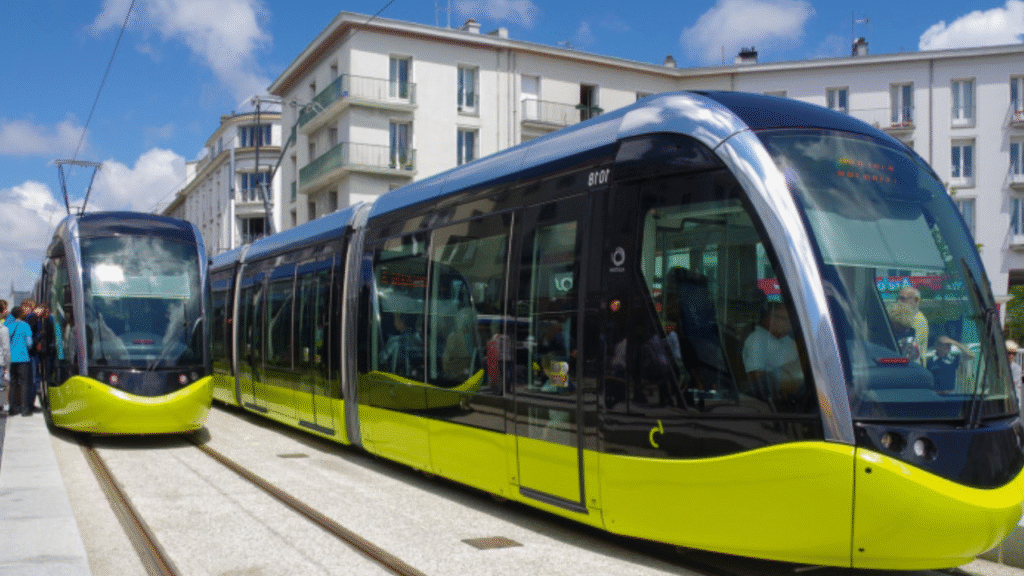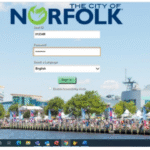Public transportation systems around the world vary greatly in quality, accessibility, and user satisfaction. In the Netherlands, however, there is a distinctive phrase that encapsulates a modern vision for transit: hoogwaardig openbaar vervoer. This Dutch term translates to “high-quality public transport” in English, but its meaning runs much deeper than the literal translation. It represents a carefully engineered system that balances efficiency, sustainability, and user experience.
In this blog, we explore the concept of hoogwaardige openbaar vervoer as a benchmark for urban mobility. We examine its core features, real-world examples, and what other cities can learn from the Dutch model.
Understanding Hoogwaardig Openbaar Vervoer
Hoogwaardig openbaar vervoer (HOV) refers to a system of public transport that goes beyond basic service. It implies fast, frequent, reliable, and comfortable transit that serves as a genuine alternative to private cars. The emphasis is on quality — not just in terms of infrastructure, but also in user satisfaction.
This concept emerged in the Netherlands as a response to rising car dependency in the late 20th century. Planners realized that in order to reduce traffic congestion and improve environmental outcomes, public transport needed to offer more than just affordability — it had to be convenient and appealing enough to compete with personal vehicles.
Core Features of a High-Quality Transit System
To qualify as hoogwaardige openbaar vervoer, a transit system generally incorporates several core features. These are not exclusive to the Netherlands but have become closely associated with the Dutch interpretation of modern public mobility.
- Dedicated Infrastructure
High-quality transit systems often include exclusive bus lanes, light rail tracks, and priority signaling. This allows public vehicles to avoid congestion and maintain predictable schedules — a critical part of the hoogwaardige openbaar vervoer approach. - High Frequency and Reliability
A key marker of HOV is the minimal waiting time between vehicles. In Dutch cities, trams or buses designated as part of the hoogwaardige openbaar vervoer network often arrive every 5 to 10 minutes during peak hours. - Passenger Comfort
Amenities like clean vehicles, comfortable seating, free Wi-Fi, real-time digital displays, and easy ticketing contribute to a pleasant rider experience. These features elevate the system from “usable” to truly desirable — a hallmark of hoogwaardige openbaar vervoer. - Integrated Urban Design
Effective public transit must connect efficiently with the rest of the city. Dutch cities are designed with multimodal connections in mind — buses, trains, ferries, and bicycles all flow into a single, user-friendly network that reflects the ideals of hoogwaardige openbaar vervoer.
Case Study: Hoogwaardig Openbaar Vervoer in Practice – The Netherlands
The Netherlands offers several real-world examples of this philosophy in action.
Amsterdam
In Amsterdam, a city known for its bike culture, the hoogwaardige openbaar vervoer system plays a crucial role in reducing car traffic. The tram network — one of the oldest in Europe — is continuously updated with sleek, low-floor trams and digital passenger information systems. Buses operating under the HOV designation use dedicated lanes to ensure they maintain high speeds, even during rush hour.
Utrecht
The city of Utrecht has taken hoogwaardige openbaar vervoer to new levels by integrating regional and urban networks. The Uithoflijn, a light rail system connecting the city center to the university district, is a model of speed, reliability, and minimal environmental impact. The project was built with future expansion in mind — another trait of long-term HOV planning.
Rotterdam
Rotterdam’s emphasis on multimodal hubs — where passengers can switch from train to tram to bus seamlessly — reflects the spirit of hoogwaardige openbaar vervoer. The city also invests in real-time tracking, app-based ticketing, and high-frequency service intervals.
Why Other Cities Should Adopt This Model
- Environmental Benefits
Cities that adopt hoogwaardige openbaar vervoer models reduce their carbon footprints significantly. By offering an attractive alternative to cars, HOV encourages people to shift their daily habits — decreasing traffic and emissions in one move. - Economic Growth
High-quality transit connects people with jobs, education, and services, making cities more economically vibrant. A reliable system allows for flexible commuting and expands employment opportunities for lower-income residents. - Social Inclusion
A well-maintained, accessible public transit system ensures mobility for all citizens — including the elderly, disabled, and economically disadvantaged. Hoogwaardig openbaar vervoer focuses on equity just as much as efficiency. - Public Health
By reducing air pollution and promoting walking to and from stations, HOV indirectly boosts public health. Less time spent in traffic also translates into less stress and more productive days.
Challenges in Global Adoption
Despite its merits, implementing hoogwaardige openbaar vervoer is not without obstacles:
- High Initial Investment: Building dedicated transit corridors, upgrading fleets, and digitizing systems require substantial upfront capital.
- Political Will: Transport reform often meets resistance from vested interests, especially car lobbies and real estate developers.
- Urban Sprawl: In sprawling cities, it’s harder to deliver dense transit networks without restructuring urban design.
Nonetheless, many cities — from Curitiba in Brazil to Seoul in South Korea — are embracing principles aligned with hoogwaardige openbaar vervoer, adapting them to their unique contexts.
Technology as an Enabler
Modern technology plays a pivotal role in making hoogwaardige openbaar vervoer systems smarter and more user-centric.
Real-Time Information Systems
Mobile apps and station displays that show arrival times improve confidence and convenience, encouraging more ridership.
Contactless and Digital Ticketing
Streamlined payment options reduce boarding times and operational complexity. The Dutch OV-chipkaart system is a shining example of how this can be done effectively.
AI and Predictive Analytics
Cities now use AI to analyze usage patterns, predict congestion, and adjust schedules — creating an adaptive system that aligns with the evolving goals of hoogwaardige openbaar vervoer.
Global Examples Inspired by Hoogwaardig Openbaar Vervoer
Though the term itself is Dutch, the concept behind hoogwaardige openbaar vervoer has inspired transport systems worldwide.
- Bogotá’s TransMilenio follows a similar model with its dedicated lanes and high-capacity buses.
- Singapore integrates bus, MRT (metro), and LRT into a seamless network with high comfort and frequency.
- Paris is redesigning its bus system around quality, reliability, and ease of transfer, moving closer to the hoogwaardige openbaar vervoer ideal.
The Future of Urban Mobility
As cities grow, the pressure on transport infrastructure intensifies. Climate change, population density, and shifting work patterns demand more than just incremental changes — they require a transformation of how people move.
By embracing the values embedded in hoogwaardige openbaar vervoer, cities can build a resilient, sustainable, and inclusive future. It’s not just a Dutch solution — it’s a global imperative.
Conclusion
Hoogwaardig openbaar vervoer is more than just a catchphrase — it’s a blueprint for better cities. As we face the dual challenges of urban congestion and environmental degradation, adopting high-quality public transport systems becomes a necessity, not a luxury.
From dedicated lanes and digital innovations to comfortable vehicles and inclusive design, the principles behind hoogwaardige openbaar vervoer offer a proven path toward smarter urban living. Whether you’re a transport planner, policymaker, or just a curious citizen, the lessons from this Dutch model deserve serious attention — and adaptation.






